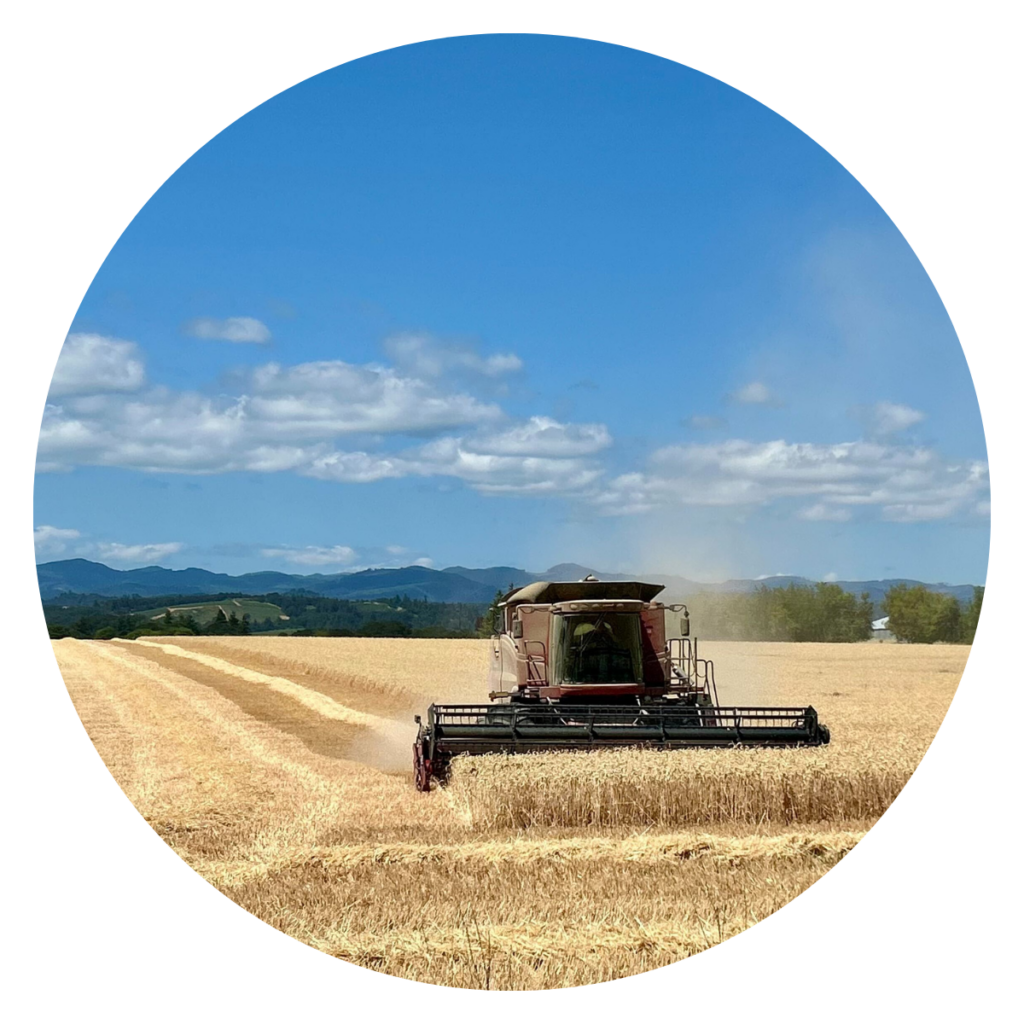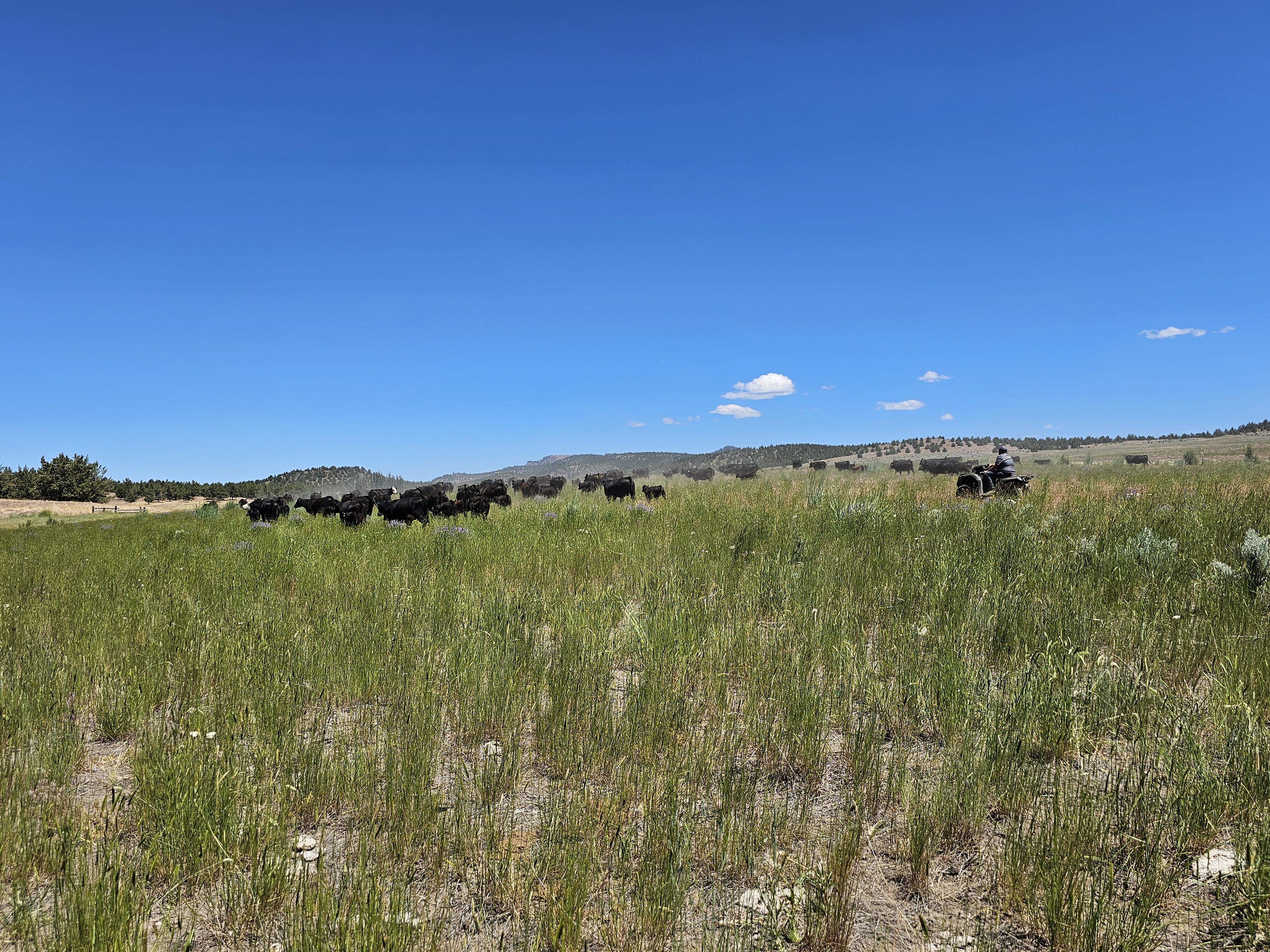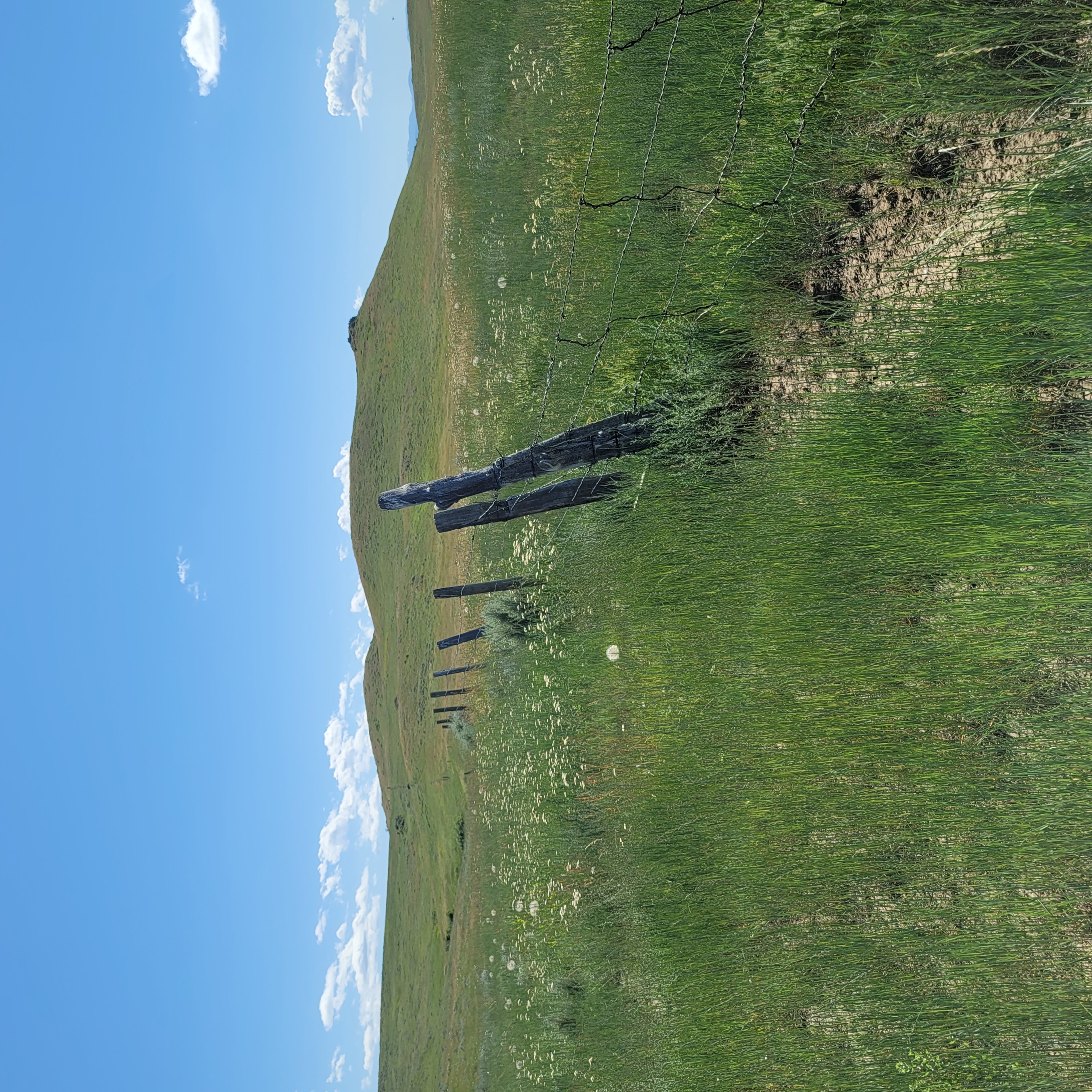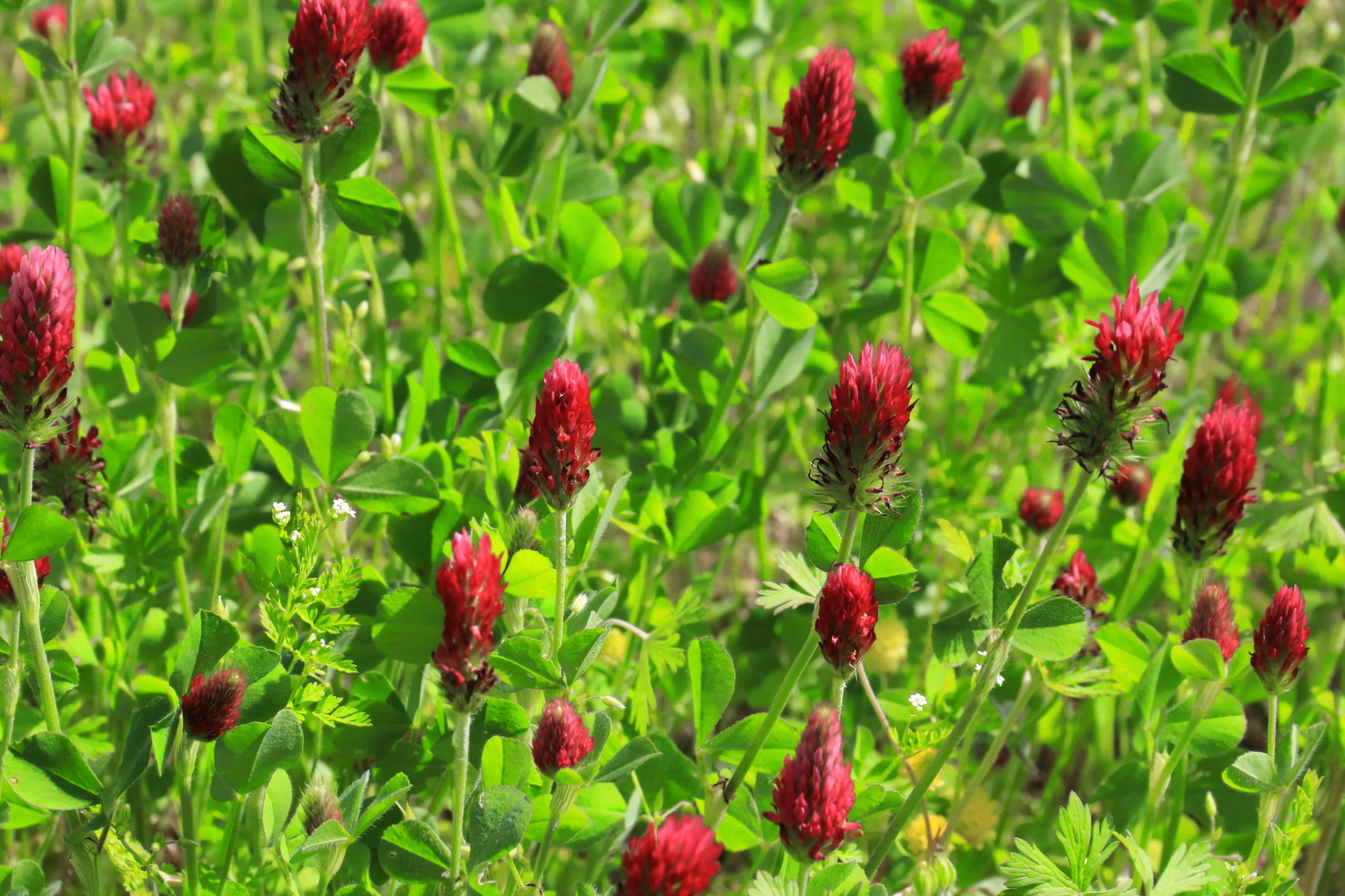The Carbon Opportunity in Idaho
Idaho farms and ranchers have ample carbon sequestering opportunities; the management practices that Agoro Carbon Alliance focuses on can holistically benefit PNW growers and their land. Specifically, Idaho’s diverse landscape of silty, loamy soils in the plains to the rocky mountainous pastures allows producers to reap agronomic rewards from carbon sequestration in several ways. Changing management practices and improving land stewardship can and will improve the soil in a holistic manner with higher carbon capture potential, improve soil structure, increased biodiversity, all while increasing production.
Why Increase Soil Carbon
Benefits to carbon sequestration can be gained from management strategies that focus on the broader idea and comprehensive approach to improving soil health. These benefits often include reduced erosion, improved water retention, increased microbial activity, and improved crop productivity. In the Pacific Northwest (PNW), carbon studies have shown that land converted to agricultural use results in significant carbon losses. The good news is farmers and ranchers have the opportunity to change this. It’s also essential to remember that organic matter, organic carbon, and total carbon do not change in our Idaho soils on any medium-term basis; it’s challenging to move that marker.
Management
Management varies from operation to operation. In the Agoro Carbon program, row crop farmers can implement practices that reduce nitrogen, decrease tillage, and add cover crops to their crop rotation. On the range and pasture side, the approach in which vegetation is grazed is crucial. Because plants pull atmospheric carbon from the air into the soil through their root systems, proper grazing management will determine the amount of carbon sequestered. Although there are many abiotic factors producer’s can’t control, producers in the PNW do have the ability to influence crucial biotic factors through proper grazing management. Range and pasture management focuses on grazing rotations while maintaining a healthy vegetation stand.
Increasing Carbon Storage
While keeping soil health at the forefront, farmers and ranchers can see a potential increase in carbon. Increasing the land’s soil health can help produce a better crop while creating an extra income through carbon programs for producers. In the PNW, areas with higher annual precipitation have higher carbon potential and storage. When proper management strategies are implemented, significant improvements on the soil’s ability to store carbon can be made – creating a win for the land’s health and producer’s bottom line






